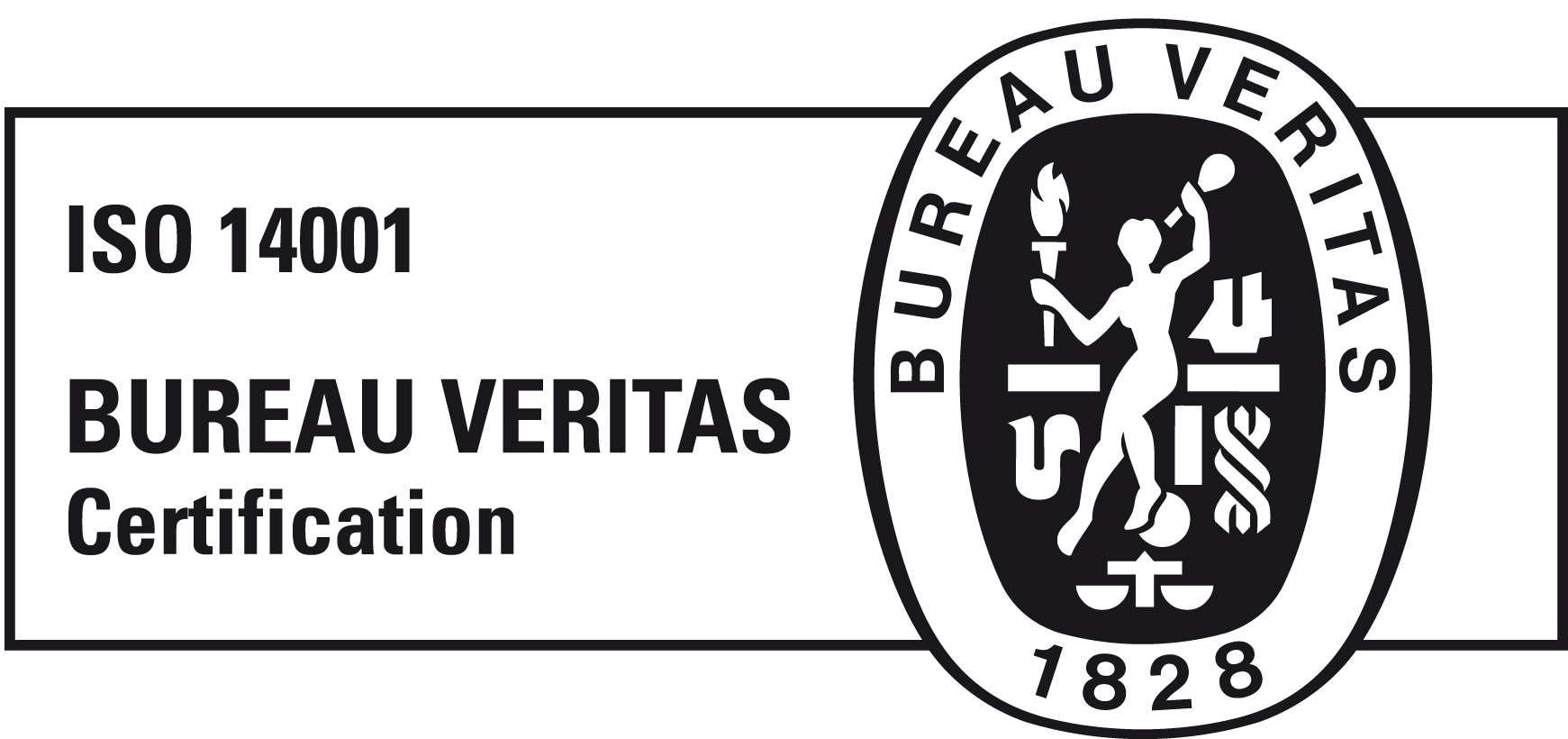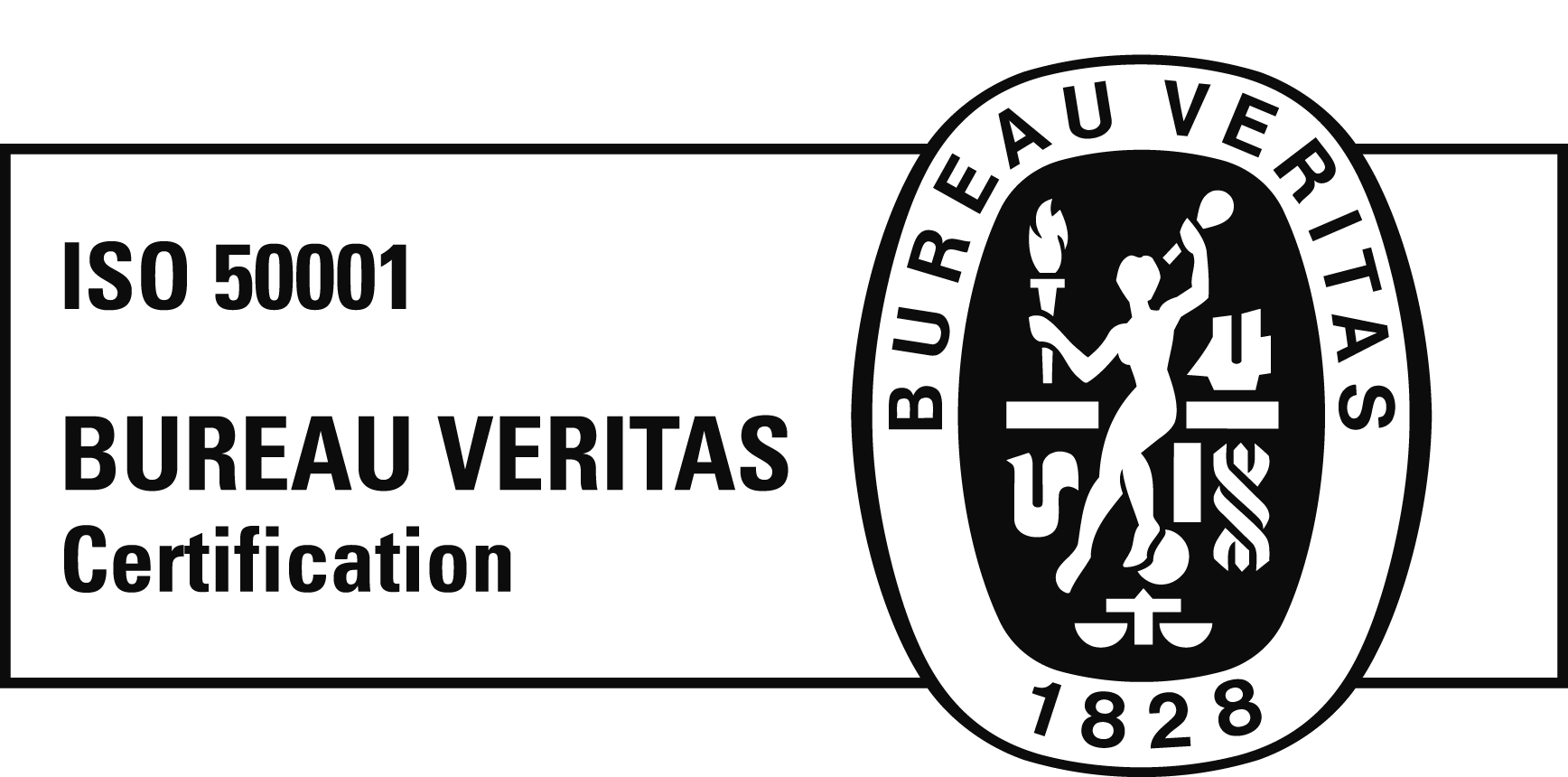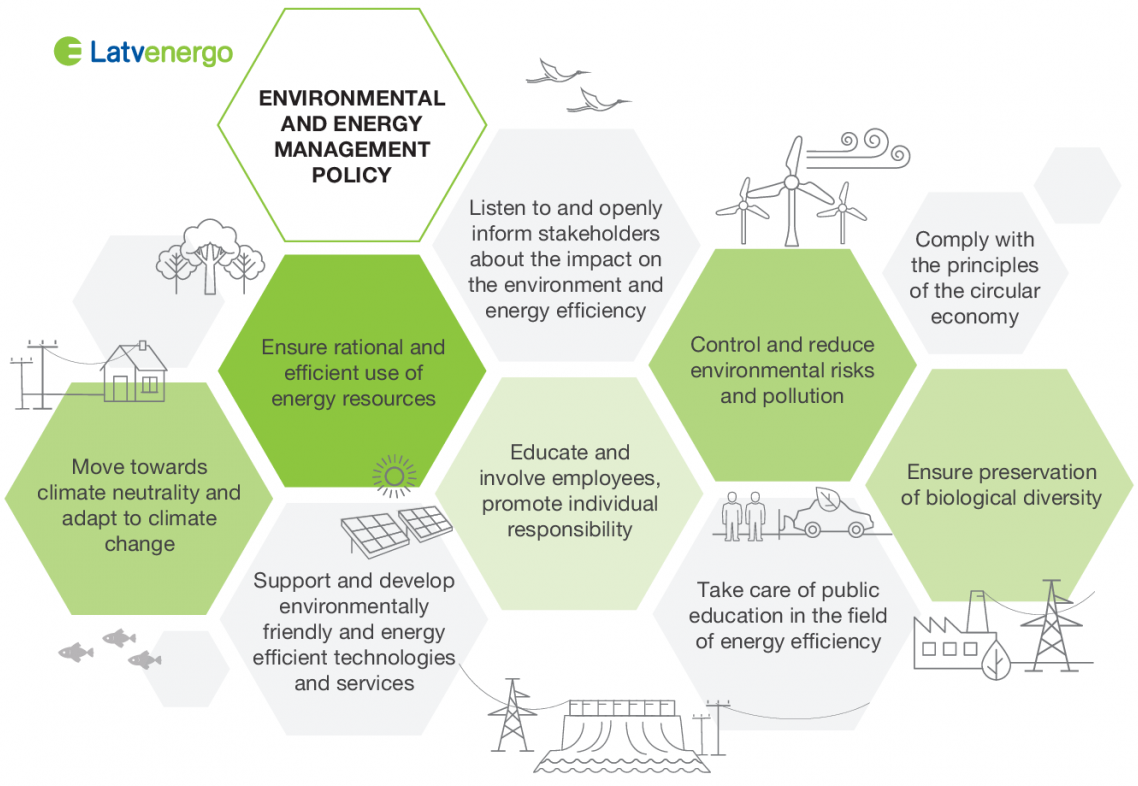Environmental Protection
Environmental information
The Latvenergo Group uses both fossil fuels and renewable energy sources to produce electricity and heat. In 2023, renewables accounted for 53% of the total primary energy consumption, compared to 47% from fossil fuels. The company generates most of its electricity in hydroelectric power plants, and the rest – in thermal power plants which operate in cogeneration as well as in condensing mode. After the consumption of primary energy resources, the share of renewable energy resources in electricity production was 66%, but in the generation of thermal energy – 14%.
In its operations, the Latvenergo Group complies with the environmental protection requirements set forth in both EU and Latvian legislation and operating permits of the equipment. Compliance with the operation is ensured by the modernisation of equipment and the introduction of the best available technologies, as well as the professional conduct of employees. The Group actively cooperates with the state environmental protection institutions by providing information related to environmental protection, fulfilling the conditions of permits for polluting activities and use of water resources, as well as by consulting on the application of the environmental protection requirements.
One of the global environmental challenges facing the energy sector is climate change caused by greenhouse gases (GHGs). The work of the Latvenergo Group goes hand in hand with the activities of Latvia and the EU in achieving their climate goals. The EU has set climate neutrality as one of its goals for 2050, and the Fit for 55 package sets an even more ambitious target of reducing GHG emissions by at least 55% by 2030 compared to 1990 levels. Achieving these targets will require new, efficient technologies and solutions.
On 1 January 2021, the fourth period of the ETS commenced and will continue until 2030. At the end of 2022, the European Commission, the European Parliament and the Council provisionally agreed on a target to reduce GHG emissions from ETS sectors by 62% by 2030 compared to 2005 levels.
CO2 emissions per one generated electricity unit (2019-2023)
In this period, it is planned to significantly and more rapidly reduce the total amount of emission allowances, phasing out free allowances (after 2026), allocating allowances according to the volume of production and establishing several financing instruments, including a Modernisation Fund to support industry and the electricity sector in terms of innovation and investment.
Although the Latvenergo Group is already one of the greenest electricity producers in Europe, the Group purposefully invests in developing a portfolio of zero-emission and low-emission plants and thus, contributes to climate change mitigation. The main investment directions are:
- generation – development of new renewable energy-based generation capacities (wind and solar), increasing the efficiency of energy generation and maximising the use of renewable energies, including research into hydrogen technologies
- trade – development of products and services that promote microgeneration, energy efficiency and the use of electricity instead of other energy sources
- electromobility – development of a public electric vehicle charging network
- distribution – development of a sustainable and economically viable service in line with the trends in micro-generation and electrification
Direct (Scope 1) Greenhouse Gas Emissions and Their Intensities
In the Latvenergo Group, the amount of direct greenhouse gas emissions is determined by fuel consumption, the amount of energy produced and the operating modes of production facilities. In turn, the CO2 emission intensity is calculated per unit of electricity produced by the Group (MWh), and is influenced by the share of RES in the consumption of primary energy resources, as well as the efficiency of CHPP production. The lower this ratio, the more electricity is produced from RES and the more efficient the CHPP units are.
In 2023, CO2 emissions per unit of electricity produced in the Group are 0.075 tons CO2/MWh, while in thermal power plants of Riga – 0.274 tons CO2/MWh.
Information on the origin and environmental impact of the electricity supplied to consumers (specific CO2 emissions per unit of energy) can be found in the section Trade.
Indirect (Scope 2) Greenhouse Gas Emissions
Indirect scope 2 GHG emissions are emissions from the production of electricity and heat purchased by the company from other energy producers. The Latvenergo Group not only provides energy production, but also consumes heat and electricity for the maintenance of technological and administrative buildings. Heat and electricity are purchased from various suppliers, and the consumption of heat and electricity of the Group, as well as data provided by the suppliers and publicly available reports are used to compile its emissions.
Latvenergo Group is committed to minimaze Indirect scope 2 GHG emissions by reducing heat and electricity consumption and continuously improving its energy efficiency performance.
Indirect (Scope 3) Greenhouse Gas Emissions
Scope 3 GHG emissions are other indirect emissions resulting from the company's activities – from supply chains and from the use of the company's products and services.
During the reporting year, the most significant scope 3 emissions were assessed, which are directly related to the Group's principal activities – electricity and heat generation, electricity and natural gas trading in the Baltic states, as well as the provision of electricity distribution services in the territory of Latvia.
CO2 emission (thousand tons)
|
|
2019 | 2020 | 2021 | 2022 | 2023 |
| Scope 1 GHG emissions
|
1252 | 860 | 928 | 673 | 717 |
| Scope 2 GHG emissions
|
- | -
|
76 | 117 | 107 |
|
Scope 3 GHG emissions
|
-
|
-
|
-
|
2731 | 2976 |
The calculation includes:
- extraction, generation, transport and transmission of consumed energy resources (GHG Protocol Category 3), which generated 154.4 tonnes of CO2 emissions
- use of sold energy resources and sold electricity (GHG Protocol Category 11), which generated 1529.9 tonnes of CO2 emissions
Emissions of air pollutants into the atmosphere directly depend on the amount of energy produced, the fuel used, the efficiency of its use and the type of technology.
- Natural gas is used by Latvenergo AS CHPPs and by some of the production facilities in Liepāja. When natural gas burns, nitrogen oxides (NOx) and carbon monoxide (CO) are released into the atmosphere.
- CHPPs of Latvenergo AS use diesel as an emergency fuel. In the heating season of 2022/2023, diesel was also used as an alternative fuel to natural gas at the CHPPs in the context of the energy crisis. In addition to NOx and CO, its combustion also releases sulphur dioxide (SO2) and particulate matter into the atmosphere. Hydrocarbon emissions occur during the storage of diesel fuel.
- The use of wood as a fuel in the Liepaja plants means the emission of NOx, CO and particulate matter.
Emissions of Latvenergo AS into the atmosphere in 2023:
| NOx t | CO t | Particulate m. t | SO2 t | |
| In the Group in total, incl.: | 534 | 358 | 17 | 14 |
| Latvenergo AS | 449 | 212 | 3.2 | 8.6 |
The Group uses water resources mainly for the provision of production processes, as well as in small quantities for other economic needs and for the water supply to external consumers. In accordance with the Water Resources Atlas of the World Resources Institute, Latvia is in a low to low-medium water stress zone, therefore, there are no specific water consumption restrictions and no areas with increased water stress are identified in the water consumption data. The amount of surface and/or groundwater consumption is specified in the permits of each facility. The Group's water consumption balance includes surface water, groundwater, and tap water.
In 2023, a total of 1.9 million m3 of water was consumed, of which 98% is surface and groundwater, which is obtained in the low-medium water stress zone. In the structure of water consumed for operations in 2023: 92.5% was surface water, 5.2% – groundwater and 2.3% – piped water. The largest consumer of surface water is CHPP-2, which consumed 1.7 million m3 of water in the reporting year, 87% of which was cooling water. Consumption of CHPP-2 is mainly influenced by the operating modes of the production facilities and the amount of energy generated. The largest consumers of groundwater are CHPP-1 and CHPP-2, which have used 31.6 and 30.3 thousand m3 of groundwater, respectively, for the preparation of heating network feedwater.
Consumption of water resources in 2023 (thousand m3):
| Surface water | Underground water | Supply system water | Total | |
| In the Group in total, incl.: | 2177 | 99 | 43 | 2297 |
| Latvenergo AS | 2171 | 54 | 26 | 2251 |
* - does not include the use of water for the electricity generation in the hydropower plants.
Use of water resources is directly related to the wastewater treatment and discharge process. Latvenergo operations discharge industrial wastewater, rainwater and municipal wastewater.
TEC-1 industrial wastewater is treated in local treatment plants and discharged into the central sewer system of Riga.
Industrial wastewater is treated in CHPP-2 local treatment plants and discharged into the rainwater sewer of Riga.
Latvenergo Group takes care of biodiversity conservation by assessing the impact of existing and planned activities on biodiversity and implementing statutory and voluntary measures to reduce the impact on specially protected nature areas, species and habitats.
Overhead and cable power lines located in specially protected areas or micro-reserves stretch for 6,500 km and cover an area of 4,700 ha, or 0.05% of the total area of power lines. Construction and maintenance of power lines shall be carried out by Sadales tīkls AS in compliance with the laws and regulations governing the protection and use of specially protected nature areas, ensuring the preservation of nature values and preventing a significant negative impact on these territories. In forest areas, only potentially dangerous trees in the overhead power line protection zone, which is outside the power line route, are felled. Overhead power lines are gradually being converted into underground cable lines, reducing the width of the power line route and the protective zone and its impact on the landscape and wildlife. Overhead power lines shall be rebuilt by using insulated conductors and overhead suspension cables.
Other Latvenergo Group facilities, as well as the sites of planned activities (WPPs, SPPs, electricity charging stations) that are owned or leased by the Group, or sites where development rights have been acquired by the Group, are located outside specially protected nature areas.
To reduce the impact of its operations on biodiversity, the Group makes annual payments for the restoration of fish resources in the River Daugava Basin in accordance with the requirements of regulatory enactments. In 2023, approximately 1.5 million juveniles of salmon, sea trout, pikeperch and vimba, and 6.9 million lamprey larvae were released into the rivers. In addition, the Group also implements other projects to improve fish habitats and migration, e.g., placing artificial fish spawning nests in the River Daugava and cleaning small rivers in the Daugava River Basin. In 2023, as many as 450 artificial fish spawning nests were installed in the River Daugava and monitored with underwater cameras.
In accordance with the Action Plan of the Group for migration and natural restocking of migratory fish in the Daugava River Basin, the clean-up of the River Bērzene continued in the reporting year and solutions that could improve the accessibility of the river for migratory fish were developed in cooperation with scientists.
The most significant potential impact on biodiversity of the Group’s investment projects relates to the development of WPPs. In order to ensure that the negative impacts of the planned WPP projects are balanced, the activities are planned in close cooperation with nature experts, as well as nature and environmental institutions.


